Save Our Oceans
Event Location: Orange County STEM Saturday
Competition: Energy Inspired Art
Division: 3-5
School: Hunter's Creek Elementary
Team Name: The Aquanauts
Project Name: Fluid Art: Save Our Oceans!
Team Size: 6
Our aquanaut team members:
Anmar C.
Norah DT.
Zoe G.
Ana G.
Rheeya M.
Brooklynn O.
With extra help from:
Sabrina R.
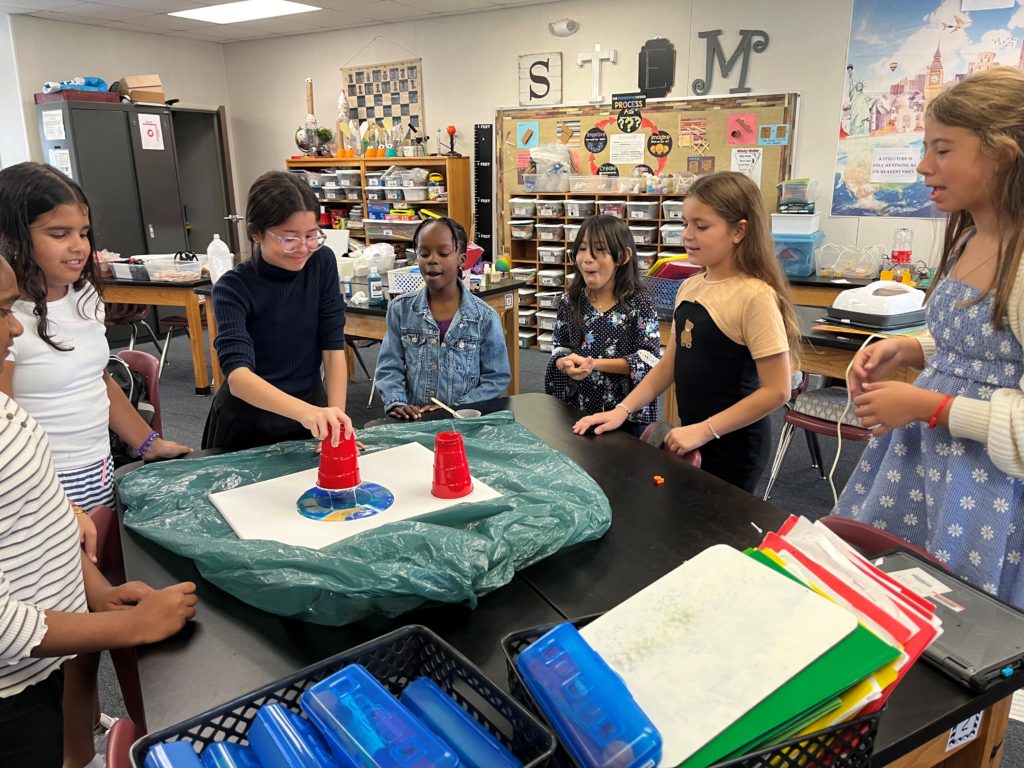

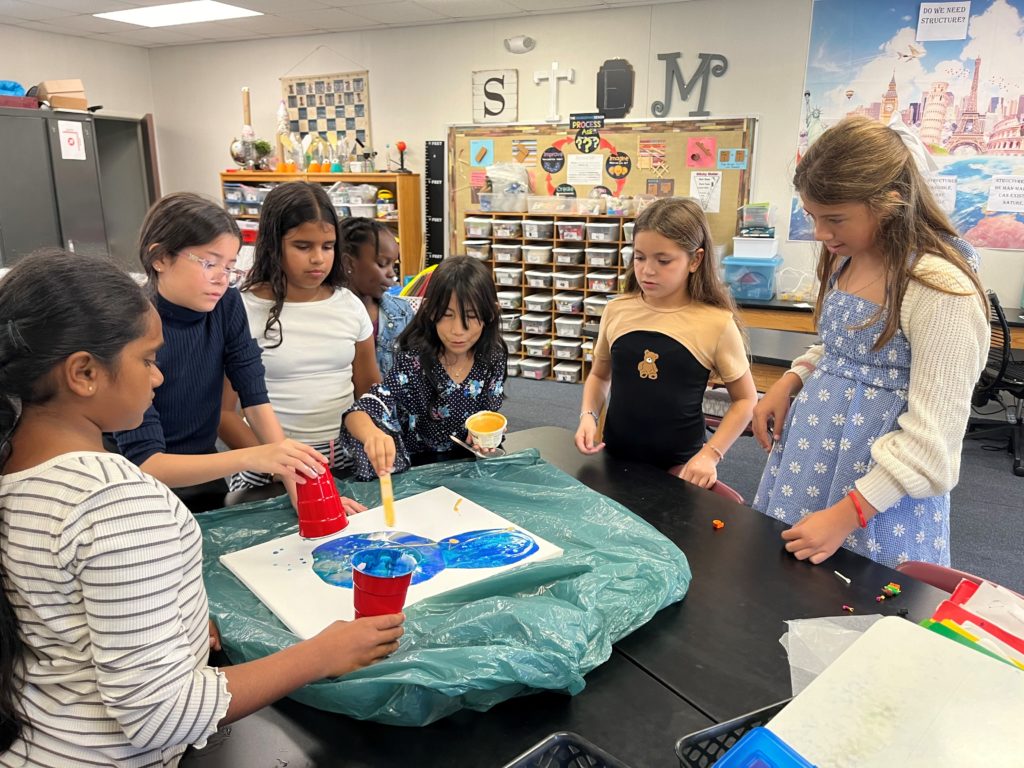







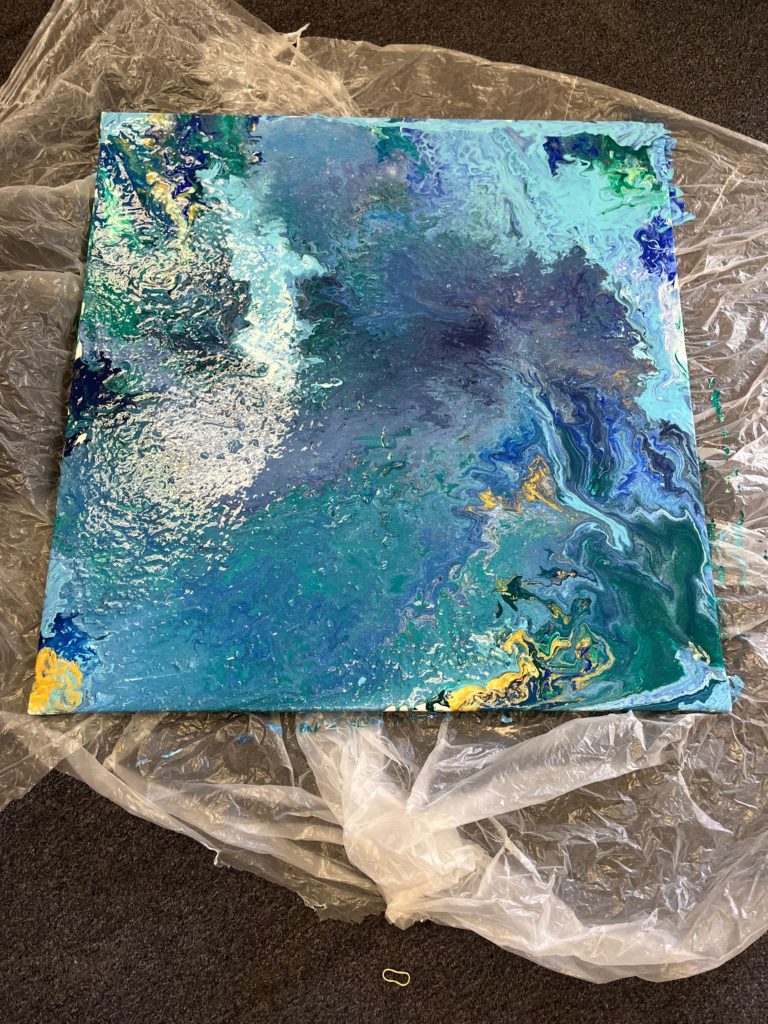



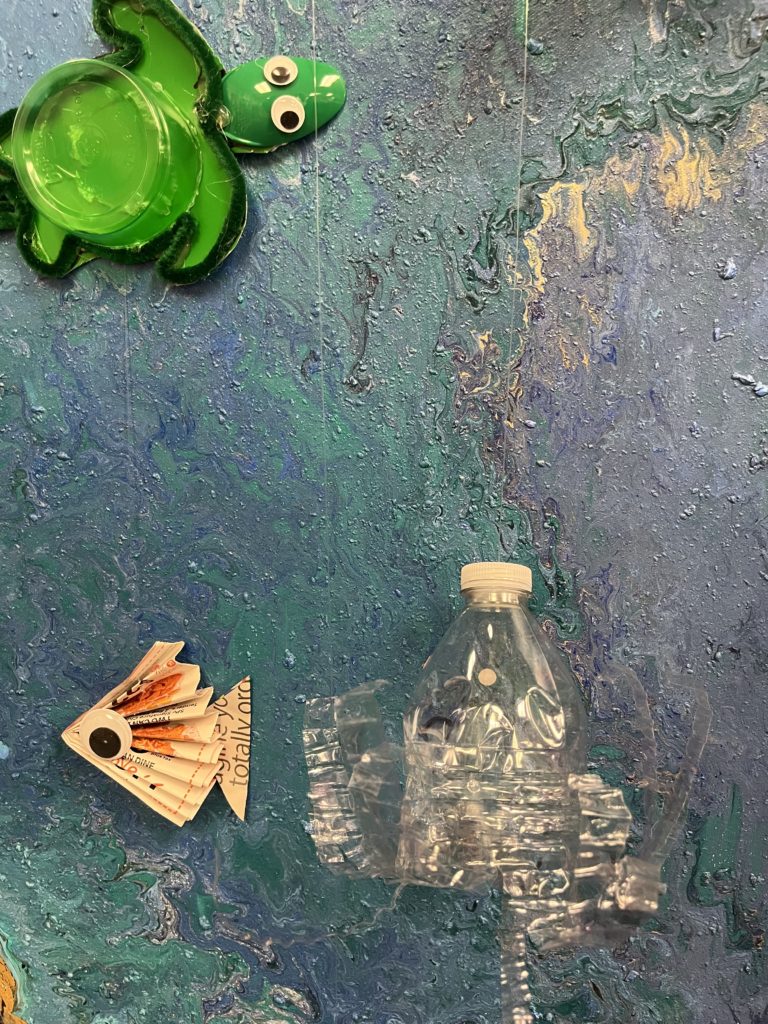

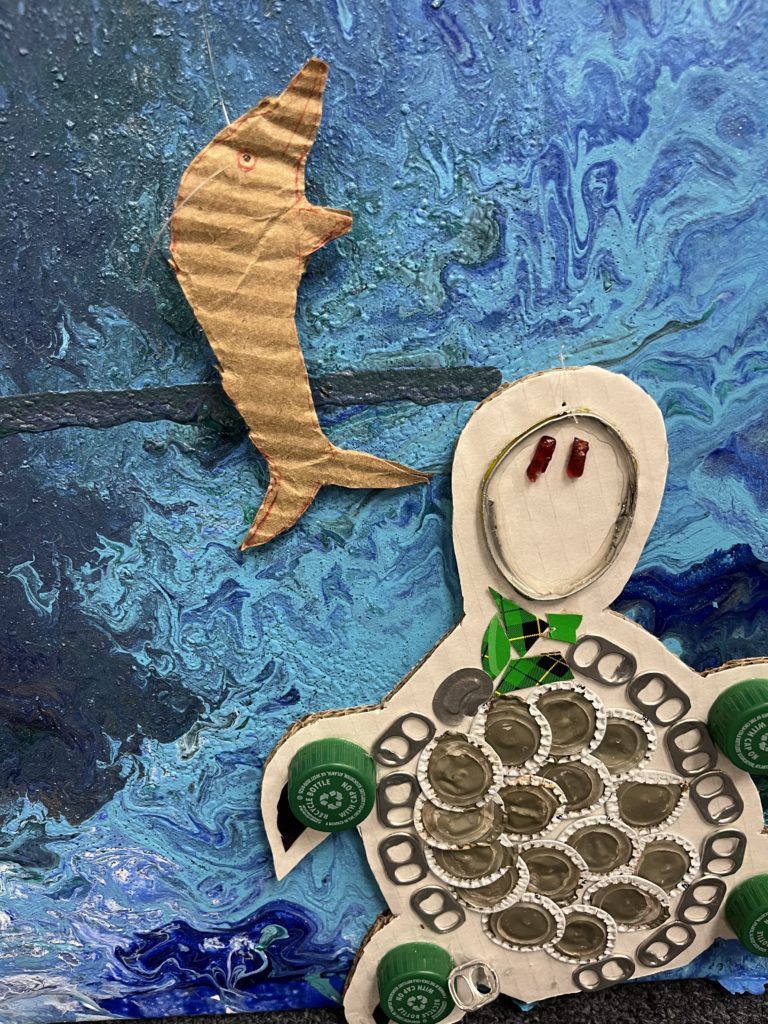

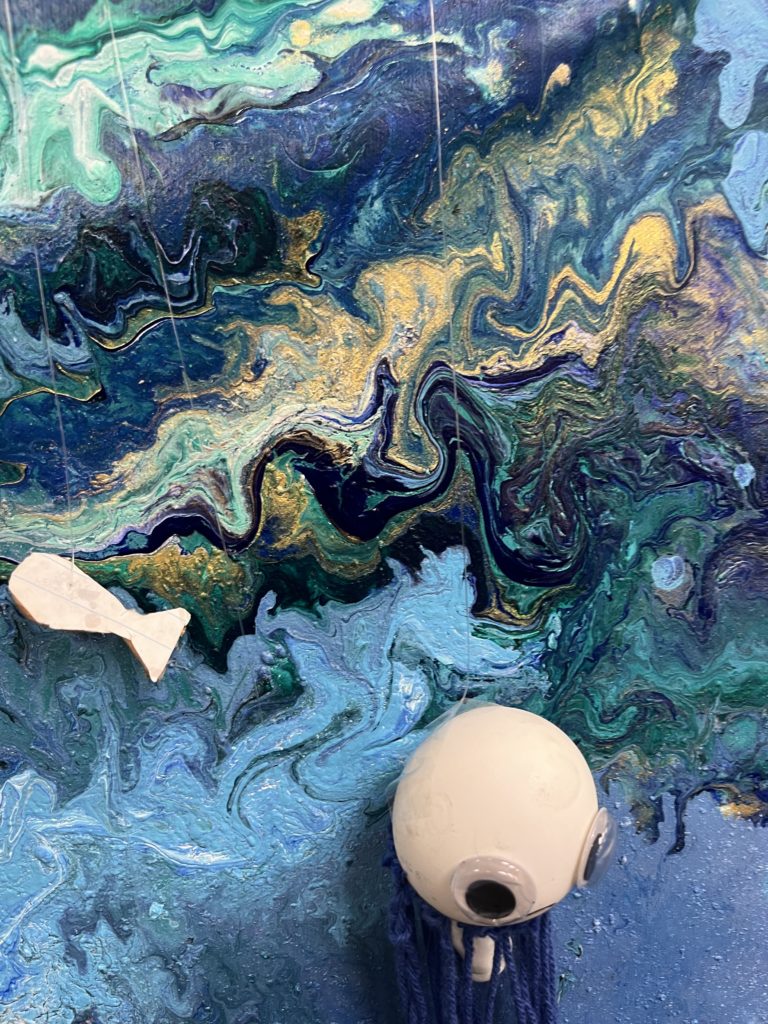


MOTIVATION:
The reason we did this project is because we live so close to the ocean and we love going to the beach. It breaks our hearts to see all of the trash that washes ashore and the pollution filling our oceans and hurting sealife.
Why Does the Ocean Matter?
- Many medical treatments have been solved from resources found in the ocean,They have been used to treat asthma, arthritis, and several types of diseases.
- The sea is full of tiny microscopic organisms called phytoplankton, which absorb carbon dioxide and help to give out half of the oxygen that we need to breathe.
- The oceans provide transportation. Around 90% of all trade between countries is carried by ships.
- The ocean absorbs some of the sun’s heat and carries it around the globe in ocean currents, this helps to regulate the climate of our planet.
- Around 70% of the world’s people live within 40 miles of the sea, and around 80% of all tourism takes place in coastal areas.
- Around the world, approximately one million people rely on fish and seafood for their main source of protein.
- Over 700 million people depend on fishing for their livelihoods.
Effects of Climate Change on Oceans and Marine Life
- Oceans are becoming too hot.
- Animals are forced to migrate disrupting the food chain and ecosystem.
- The ocean is absorbing carbon dioxide causing it to turn acidic for animals with shells.
- The warmer temperatures affect phytoplankton growth and have an impact on the food chain.
- Marine life like turtles and seabirds habitat are being eroded and/or submerged.
- When ocean water becomes too warm coral releases the colorful algae making it look white or bleached. This means the coral dies and affects the sealife dependent on the reefs. It can also cause flooding.
How Pollution is Affecting the Ocean
- Every year, about 9 million tons of plastic end up in the ocean. That’s the same as a garbage truck emptying a load every minute.
- In the Pacific Ocean, an area of plastic twice the size of France is kept in place because of swirling currents. Marine animals such as turtles mistake the plastic for food and eat it, this plastic stays in their stomachs and might even kill them.
- Oceans help limit climate change and provide for and jobs for people, as well as homes and food for wildlife. We need to act quickly to ensure a healthy and safe future for our oceans.
- Once plastic is in the ocean, it breaks up into small particles called microplastics. By the year 2050, microplastics could be found in 99% of all seabird species and possibly contain more plastic than fish.
- Animals can get tangled in packaging or old fishing lines or choke on plastic-clogged water.
How We Can Help Save Our Oceans
- Create MPA (Marine Protected Areas) so in some places people can not fish and fishes in that area can grow and reproduce
- Try not to damage the sea by overfishing, mining, shipping and polluting
- Make sure that the holes in the fishing net are large enough for small fish to go through the holes and can get big and reproduce
- Use eco-friendly items to reduce the amount of plastic
- Use fuel efficient vehicles to reduce the greenhouse gasses
- Buy seafood that can be produced faster than it is used
- Use ‘’catch and release’’ method to help the endangered species of fish
- Anchor boats away from coral and sea grasses
- Volunteer for plastic clean up
- Use less water like when brushing teeth and showering so that waste water wouldn’t mix with the ocean
- Have fishing quotas to protect populations of fish
Keywords Definitions
Acidic A solution with a pH of less than 7.
Coastal seas Parts of the ocean that are up to 230 km from land.
Coral bleaching The release of algae from coral making them turn white
Ecosystem The interaction of a community of living organisms and
Fishing quota A limit on the number of fish of a species that can be
caught.
Global warming The gradual increase in the temperature of the earths
atmosphere.
Marine animals Animals that live in the ocean.
Photosynthesis A chemical reaction which transfers energy from the
environment to plants or algae by light.
Predator An orgasim that kills and eats other animals.
Producer An organism at the beginning of a food chain which
makes food by photosynthesis.
Species A group of organisms that can breed with each other
and produce offspring (children) that will also be able to
breed.
Art Project Materials:
- Water
- Glue
- Acrylic paint (blue, green, gold, light blue, dark blue, white, pink)
- Canvas
- Cups
- Popsicle sticks
- Newspaper
- String
- Balloon
- Plastic
- Paper
- Bottle caps
- Cardboard
- Toilet paper roll
- Googly eyes
- Hot glue
- Spoon
- Pipe cleaners
- Pull tabs (beer can drinks)
- Ring part of the can
- Yarn
- Fishing Line
- Glue
- Tape
- Duct tape
- Pen
- Sharpie
- Wrapping tissue paper (blue)
- Tissue
- T-pin
- Colored marker (purple, blue)
- Plastic gem (2)
Procedure
- We mixed water and glue,60% glue 40% water
- We mixed the mixture with paint all in different cups for each color.
- We poured all the paint into one big cup.
- We flipped the cup onto the canvas and let it sit for a couple of minutes. Then we lifted the cup.
- We moved the canvas around,spreading the paint around,filling the canvas.
- We waited 5 days for the big canvas to let the paint dry. While we waited for it to dry we all made sea life out of recycled materials or “trash” at our homes.
- We attached the animals to the canvas with fishing line and tape.
